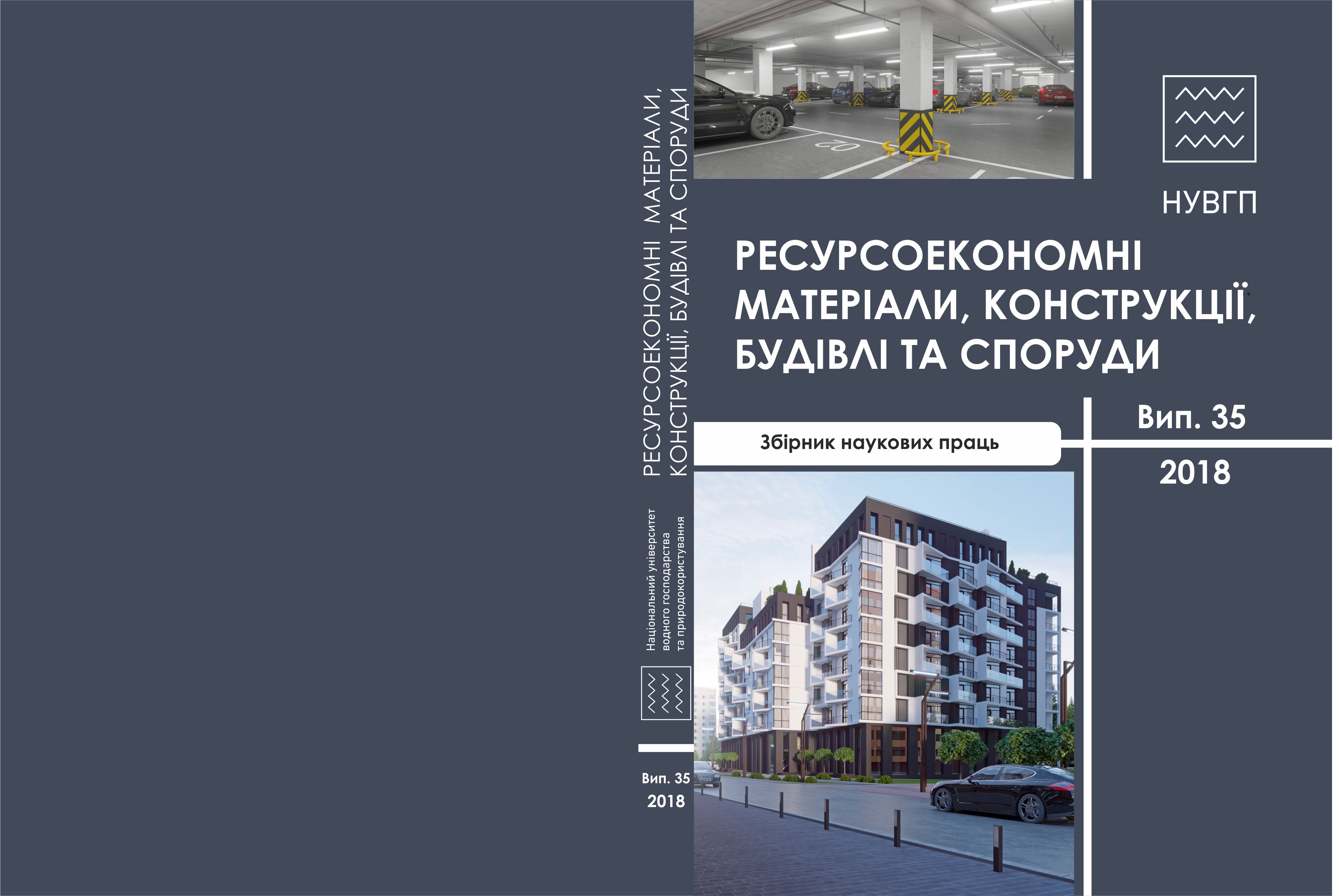THE SAND PITS DEFORMABILITY ECREASE IN CASE THEIR GEOGRIDS REINFORCEMENT
Abstract
The results of the design, calculation and experimental loading of reinforced base are presented in the article. The description of geotechnical conditions, structural designs of buildings and its foundations, a description of the two accepted schemes of reinforcement of the cushion are described.
Formed during the construction and landscaping on the adjacent areas the weak anthropogenic soils have a total capacity to 5.0 m and they are submitted by ground clay, made sandy ground. The fluvioglacial deposits, which are lied under the anthropogenic soils, are presented by the sands of different size (medium, large, gravelly). Hydrogeological conditions are characterized by the presence of ground water, opened in sandy artificial soil on the roof is clay bulk soils at a depth of 2.3 m and 2.5 m, with power water layer of 0.8-0.9 m.
Erected building is one-story, rectangular plan, and is made in a metal frame on slab foundations, with the enclosing wall and roof structures made of metal sandwich panels. The building has dimensions in the axes of 42.0 × 12.0 m, height 6.0 m, column spacing frame warehouse is 6.0 m; geometric resistance and resilience of the building was provided by the foundations, the transverse frames collaboration and hard disk coating collaboration.
It was decided to build the frame on slab foundations, under which there was designed the replacement of the existing backfill soil to the sand bed of sand medium and large. It was proposed the sand bed reinforce erect in two ways: 2 layers of geogrid with cell 40x40mm were fit under the foot of the frame foundations and along the axis "B" the grids had constant width (3.0 m), and along the axis "A", "1", "8" they did not have constant dimensions (2,0m and 3,0m).
The experimental stamping trials were performed in the axis/1-2 And 7-8, and also in the area of lack of reinforcement in order to determine the effect of the presence of reinforcement and layouts of meshes. The tests were conducted at the level of the bottom of the foundation with bringing the pressure under the stamp up to 500 kPa.
In the result of conducted research it was established that horizontal reinforcement sand pits reduces sediment, compared with the unreinforced base. It is also established that precipitation of the stamps on the bases reinforced by grids of equal width, the grids of different lengths (wider is on the bottom) are nearly equal.

